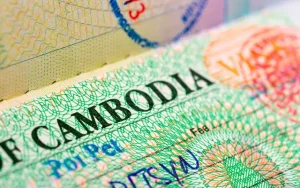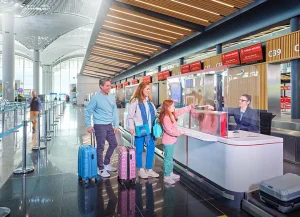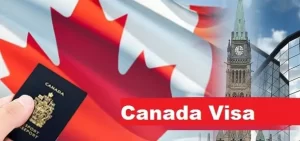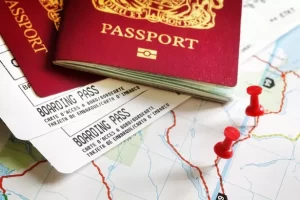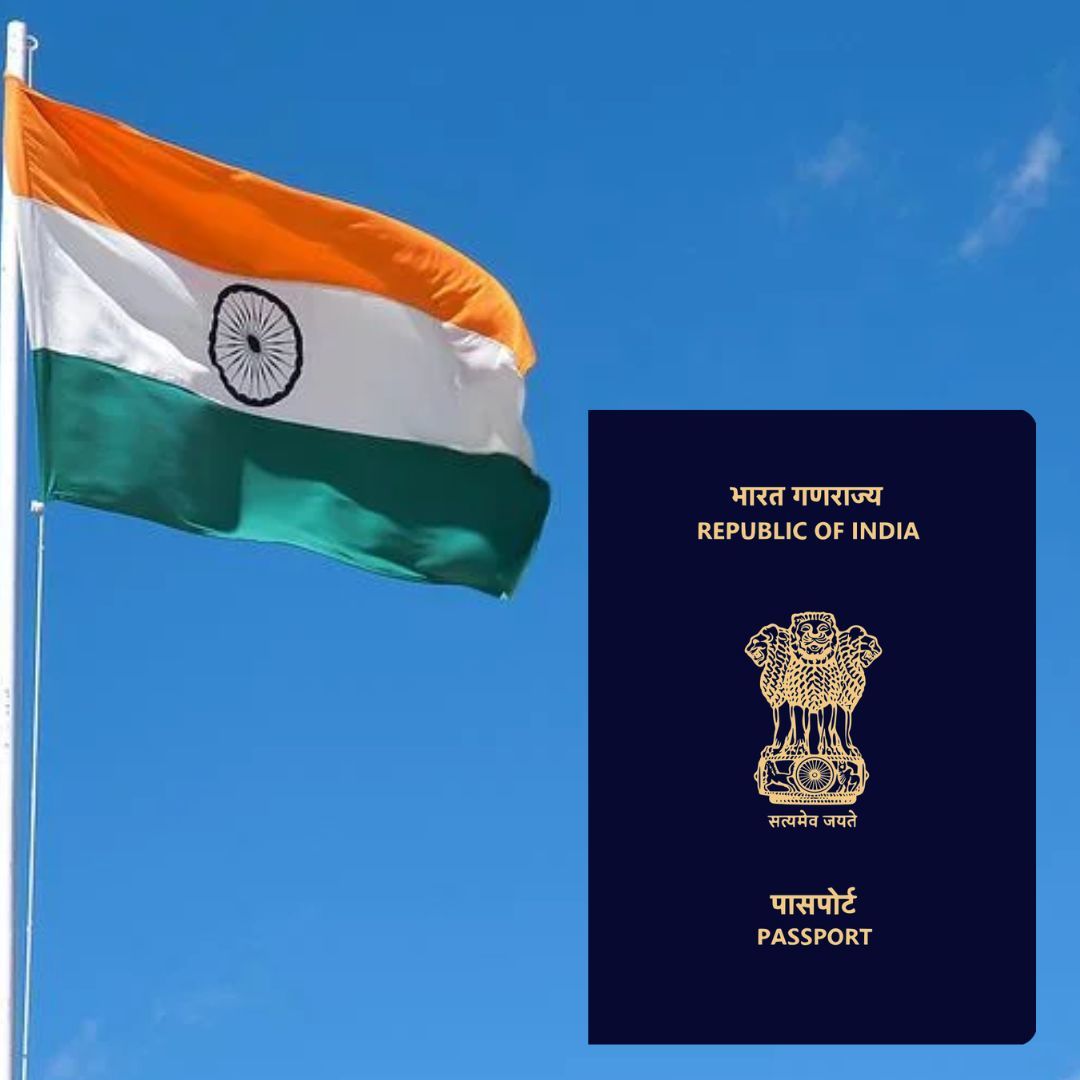
“Welcome, wanderlust enthusiasts! Are you ready to embark on an unforgettable journey to the captivating land of India? Well, get your passports and adventurous spirit ready because we have got a comprehensive guide that will unravel the mysteries of Indian eVisa airport and seaports for entry. Whether you’re a first-time visitor or an avid explorer, this blog post is your one-stop destination for all things visa-related. Join us as we navigate through the enchanting ports of entry and reveal everything you need to know about obtaining an eVisa for your entrance into this vibrant country. So fasten your seatbelts and let’s dive right into this extraordinary travel experience!” Indian eVisa Airport and Seaports for Entry
Introduction to Indian eVisa and its importance for entry into India
The Indian government has recently introduced the eVisa system for travelers who wish to enter India for tourism, business, or medical purposes. This online visa application process has made it easier and more convenient for foreign nationals to obtain a visa and travel to India.
Importance of Indian eVisa for entry into India:
1. Convenient and Time-Saving Process: The traditional process of obtaining an Indian visa involved visiting the embassy or consulate, filling out lengthy paper forms, and waiting in long queues. With the introduction of eVisa, travelers can now apply from the comfort of their own home or office. The entire process is completed online and takes only a few minutes.
2. Faster Processing Times: The processing time for an Indian eVisa is much quicker compared to the traditional visa application process. In most cases, eVisas are approved within 72 hours, making it ideal for last-minute travel plans. Indian eVisa ports allowed for exit
3. Multiple Entry Options: The Indian eVisa allows travelers to enter India through various ports of entry such as airports, seaports, and designated land border checkpoints. This makes it easier for travelers to choose their preferred mode of transportation while entering India.
4. Validity: An Indian eVisa is valid for 60 days from the date of arrival in India and allows multiple entries within this period. This means that travelers can leave and re-enter India multiple times during their stay without having to apply for a new visa every time.
Understanding the different types of Indian eVisa (tourist, business, medical)
India has recently introduced the eVisa system for travelers from over 160 countries, making it easier and more convenient to enter the country. This electronic visa can be applied for and obtained online, saving travelers the hassle of visiting an embassy or consulate. However, it’s important to note that there are different types of Indian eVisas available depending on the purpose of your visit. In this section, we will explore and understand the different types of Indian eVisas – tourist, business, and medical.
1. Tourist eVisa:
The tourist eVisa is meant for those who are traveling to India for tourism purposes such as sightseeing, visiting friends or family, experiencing culture and heritage, or engaging in recreational activities. This type of visa allows you to stay in India for a maximum period of 90 days with double entry privileges. This means that you can enter and exit India twice during your visit without having to apply for another visa.
2. Business eVisa:
If you’re planning on traveling to India for business purposes such as attending meetings, conferences or trade fairs; exploring business opportunities; conducting site visits; or setting up new ventures; then the business eVisa would be suitable for you. This type of visa also allows a maximum stay of 90 days with double entry privileges.
How to apply for an Indian eVisa and necessary documents required
Applying for an Indian eVisa is a fairly simple process, but it is important to be aware of the necessary documents and procedures in order to avoid any delays or complications. Here is a detailed guide on how to apply for an Indian eVisa and the required documents you will need.
Step 1: Determine your eligibility
Before starting your application, it is crucial to determine if you are eligible for an Indian eVisa. Currently, citizens of over 160 countries are eligible for this type of visa, including the United States, Canada, Australia, and most European countries. You can check the complete list of eligible countries on the official website of the Indian government’s Bureau of Immigration.
Step 2: Choose the correct visa category
There are three types of eVisas available for India – tourist visa, business visa, and medical visa. Make sure you choose the correct category based on your purpose of travel. The process and requirements may vary depending on which category you select.
Step 3: Gather all necessary documents
The following documents are required in order to apply for an Indian eVisa:
1. A valid passport with at least six months remaining validity from your date of arrival in India.
2. A digital photograph (passport size) taken within the last six months.
3. Scanned copy of your passport’s bio page.
4. Proof of travel itinerary such as flight tickets or hotel bookings.
5. Supporting documents such as invitation letters or business cards (if
Detailed guide on the specific airports and seaports in India that accept eVisas
India has a vast network of airports and seaports, making it easily accessible to tourists from all over the world. With the introduction of eVisas, travelers can now apply for their Indian visa online and enter the country through select airports and seaports. In this section, we will provide you with a detailed guide on the specific airports and seaports in India that accept eVisas.
1. Airports:
a. Indira Gandhi International Airport, New Delhi:
This is the busiest airport in India, located in the capital city of New Delhi. It is also one of the five designated international airports that accept eVisas for entry into India. The airport has three terminals – Terminal 1 for domestic flights, Terminal 2 for low-cost carriers, and Terminal 3 for international flights.
Benefits of using an
Benefits of using an Indian eVisa for entry into the country are numerous and make traveling to India more convenient and hassle-free. Some of the key benefits include:
1. Fast and Easy Application Process:
One of the major advantages of using an Indian eVisa is its quick and simple application process. The entire process can be completed online in a matter of minutes, eliminating the need for physical paperwork or visits to the embassy. This not only saves time but also makes it easier for travelers to obtain their visa from anywhere in the world.
2. Convenience:
The Indian eVisa allows travelers to enter India through 28 designated airports and 5 seaports, making it highly convenient for those who want to explore different parts of the country. This means that travelers no longer have to go through lengthy procedures or visit multiple embassies if they plan on visiting various destinations in India.
3. Multiple Entry Options:
Unlike traditional visas, which often come with restrictions on single or multiple entries, an Indian eVisa offers both options depending on your travel needs. With a double-entry option valid for up to 60 days after initial arrival, travelers can easily plan trips that include neighboring countries such as Nepal, Bhutan, or Sri Lanka without having to apply for a separate visa.
4. Cost-Effective:
An Indian eVisa is significantly cheaper than obtaining a traditional visa from an embassy or consulate office.

